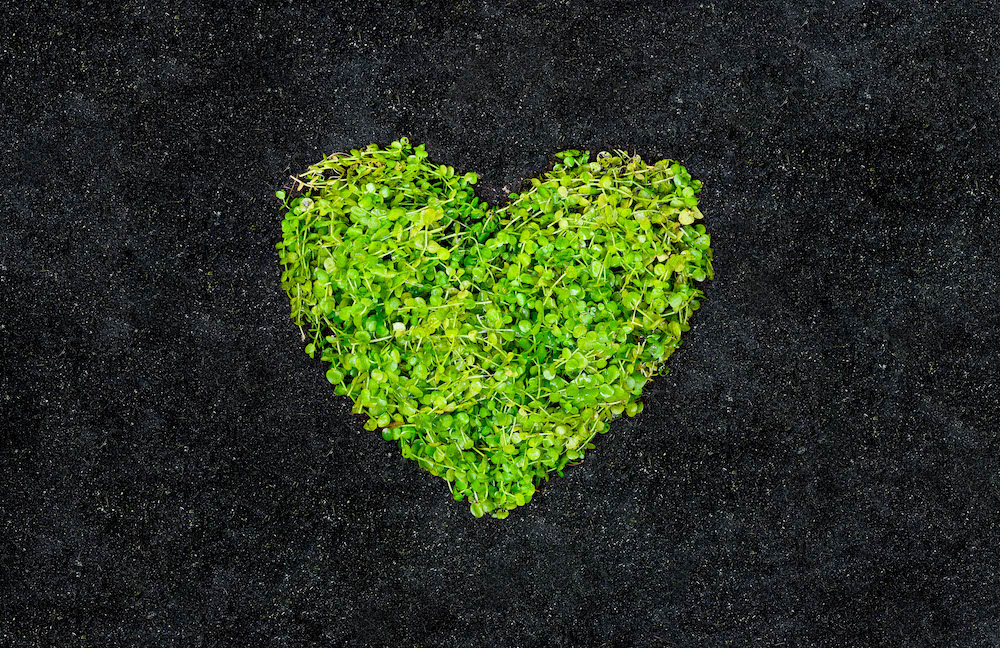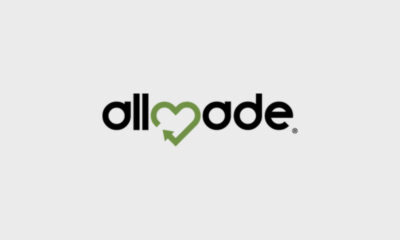Corporate social responsibility and sustainable printing are important now more than ever, not just for our environment, but for your customers.
In a recent survey, we asked our Brain Squad members:
What are you doing in terms of philanthropy, environment conservation, diversity and labor practices, and volunteerism?
While screen printers are understandably focused on profitability in the pandemic’s wake, many are also looking beyond their balance sheets.
Can you add anything to the list? Feel free to comment below with your own thoughts.
1. We do what we can to be environmentally conscious. We also actively partner with our community for philanthropy, labor practices, and volunteerism. – Alison Banholzer, Wear Your Spirit Warehouse, Huntingtown, Maryland
2. Support local, many philanthropic donations to people in need. – Rick Poore, Shirts101, Lincoln, Nebraska
Advertisement
3. Continued support of non-profit art center, continue to refine our process to remove materials that are not good for the environment, and continue diversity and good labor practices. – Edward Cook, ECI Screen Print, Watertown, Connecticut
4. We installed a water filter system and a new ventilation system. We developed our online training program, reach out to Indigenous artists in remote communities to get startup micro-printing operations established, hire Indigenous people for our apprentice programs, maintain a 50/50 personnel ratio (men/women), support schools starting in-school printing programs, and support mobile print squads of trained teachers using simple set-ups visiting classrooms. – Andy MacDougall, MacDougall Screen Printing, Royston, British Columbia
5. All of these issues are immensely important to your customers: www.traces.com/environment – Tracey Johnston-Aldworth, Traces Screen Printing Ltd., Waterloo, Ontario
6. Not enough. – David Ashenden, QTCo, Kedron, Queensland, Australia
7. That is five different areas. … Mainly trying to make a profit coming out of COVID lockdowns. Not much else takes importance over that. – Julia Cadotte Capps, J’s Silkscreens, Eastpointe, Michigan
8. Green is a movement, not a color. It should encompass a more holistic approach, and focus on the process, the facility, and the manner in which items are produced or manufactured. Reduce, Reuse, and Recycle. – Marshall Atkinson, Atkinson Consulting, Mesa, Arizona
Advertisement
9. We really haven’t identified a plan of action on this. – Keith Abrams, The Decoration Facility, Indian Trail, North Carolina
10. Nothing more than the current program of sponsorship for not-for-profit events. – Mark Coudray, Coudray Growth Tech, San Luis Obispo, California
11. Using less aerosol sprays, which means less use of chemicals in cleaning, as well. – Tyler Peyus, Interform Graphics, Centerville, Utah
12. We drive our misprints out to Arizona (from Modesto, California) to the Apache Nation. – Bill Bischoff, Bischoff Design/Atomic Tees, Modesto, California
13. We volunteer for local charity and business events within our town. – Steve Knight, Dynagraphics Screen Printing, Holly Springs, North Carolina
14. All for it. Let’s do better. – Eric Solomon, Night Owls, Houston, Texas
Advertisement


 Case Studies2 months ago
Case Studies2 months ago
 Art, Ad, or Alchemy2 months ago
Art, Ad, or Alchemy2 months ago
 Andy MacDougall2 months ago
Andy MacDougall2 months ago
 Columns3 weeks ago
Columns3 weeks ago
 Editor's Note3 weeks ago
Editor's Note3 weeks ago
 Marshall Atkinson3 weeks ago
Marshall Atkinson3 weeks ago
 Thomas Trimingham2 months ago
Thomas Trimingham2 months ago
 Case Studies3 weeks ago
Case Studies3 weeks ago
















